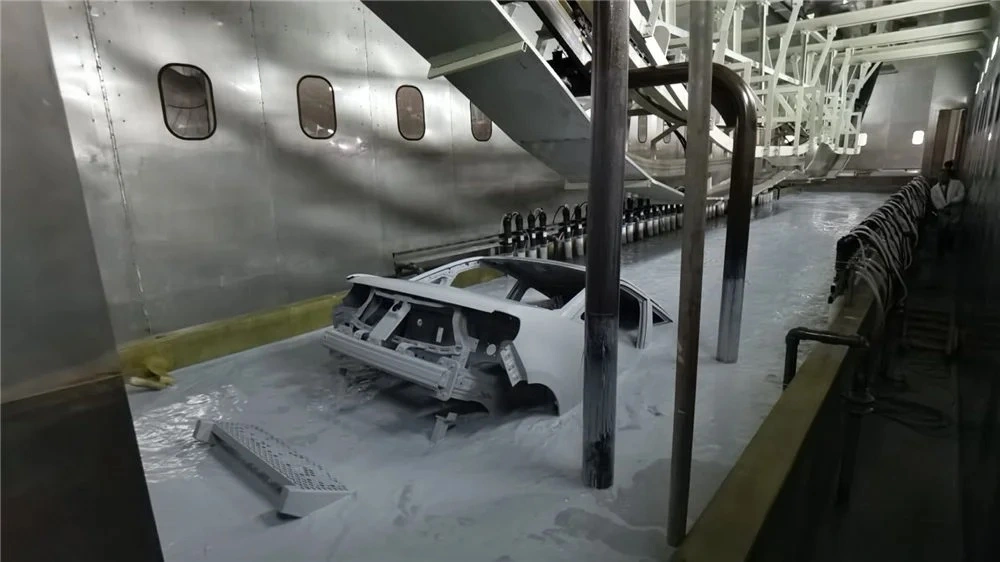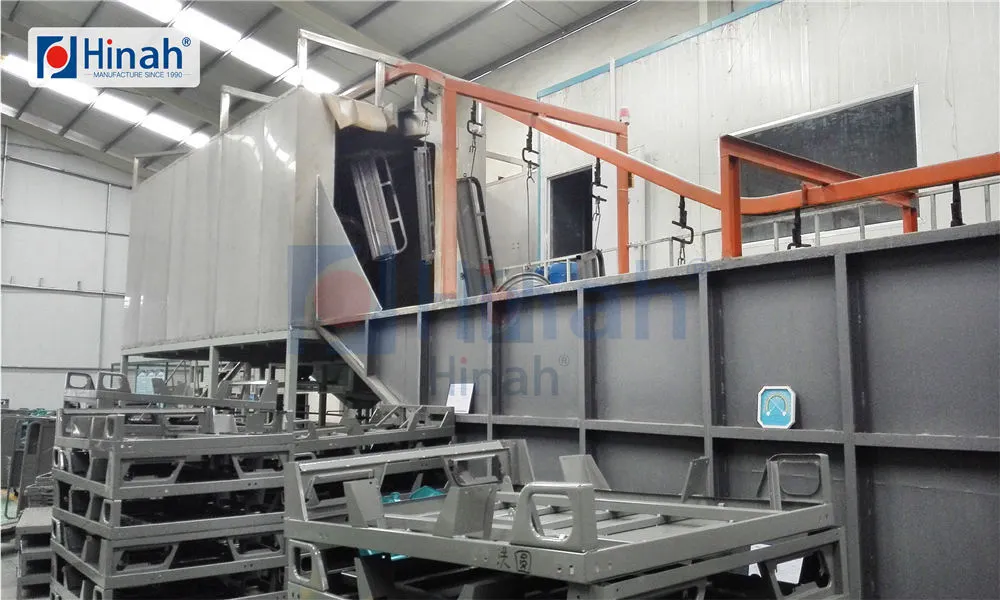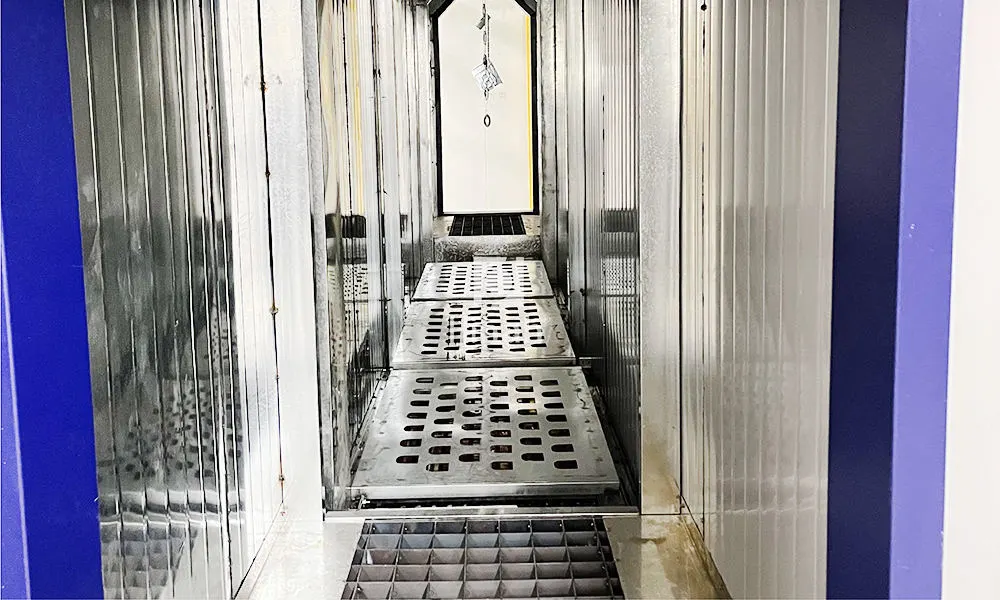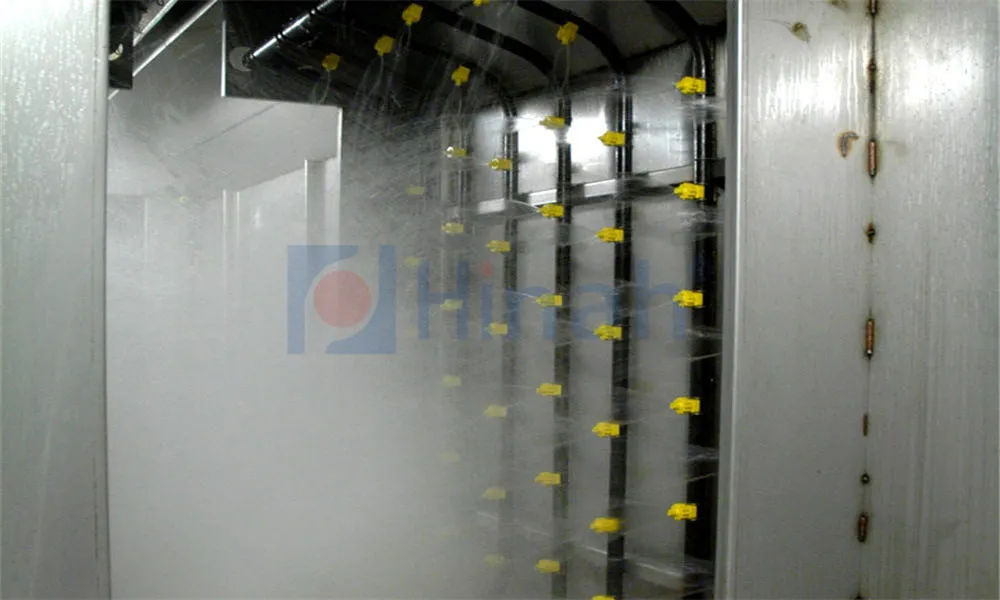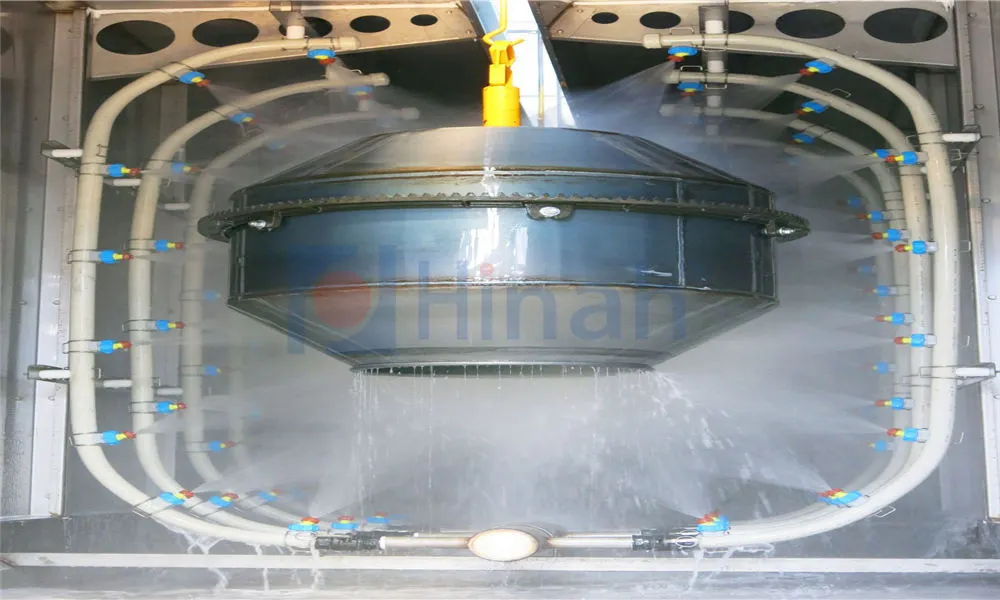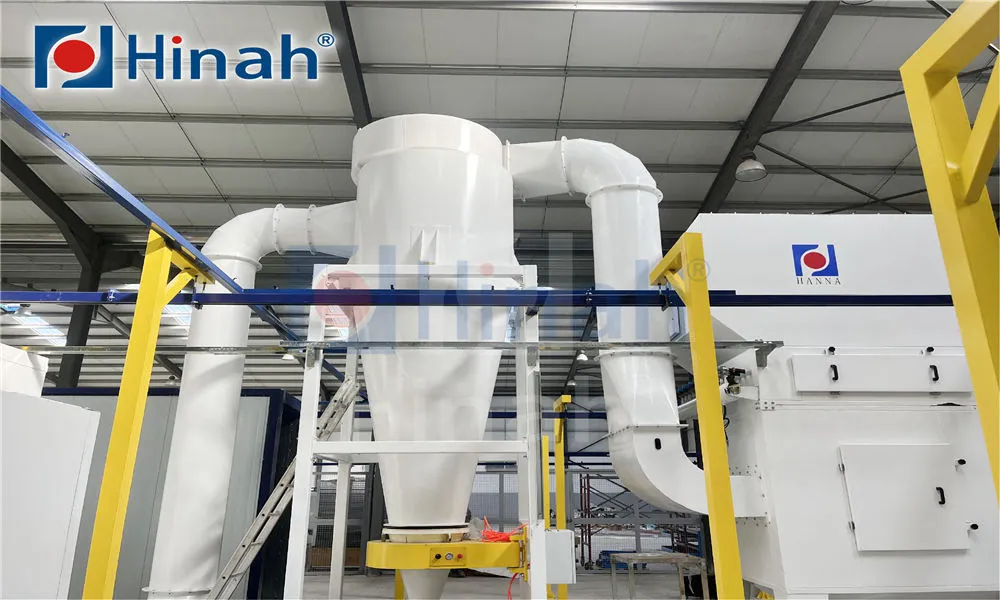In the world of industrial finishing, achieving a uniform, durable, and corrosion-resistant coating on metal substrates is a paramount goal. Among the various surface treatment technologies available, one stands out for its exceptional efficiency and quality: the ED coating process. Also known as electrocoating or e-coating, this method is a cornerstone of modern manufacturing, providing unparalleled coverage and protection for complex parts. This article delves into the intricacies of the ED coating process, exploring its fundamental principles, key stages, advantages, applications, and common challenges faced in the international powder coating and surface finishing industry.
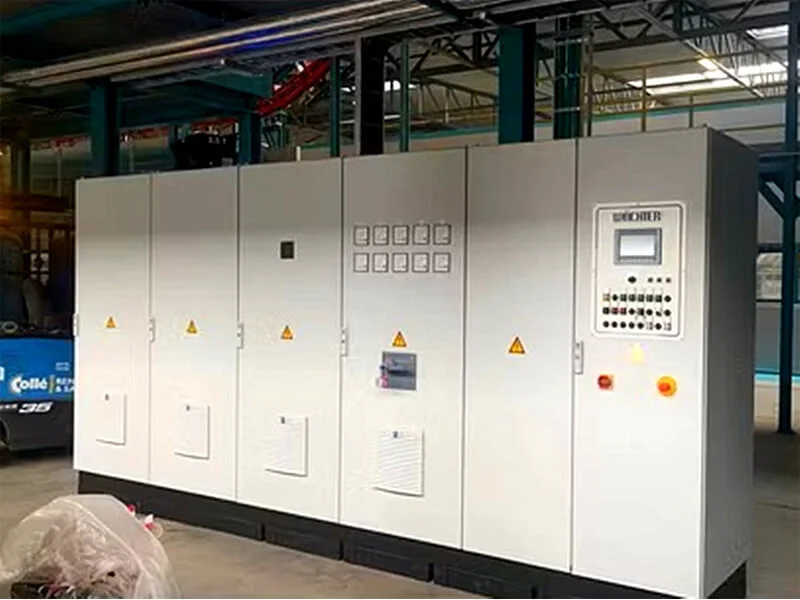
What is the ED Coating Process?
The ED coating process is an immersion-based painting technique that uses electrical current to deposit paint onto a conductive part. It operates on the principle of electrophoresis, where charged particles in a water-based solution migrate towards an electrode with the opposite charge. In this case, the part to be coated acts as the electrode.
The process begins with the part being thoroughly cleaned and pretreated. It is then submerged in a tank filled with a water-based paint solution containing resins, pigments, and other additives that have been given a specific electrical charge. When a direct current (DC) voltage is applied, the charged paint particles are irresistibly drawn to the part, forming an even, continuous film over the entire surface, including recessed areas, edges, and difficult-to-reach spots that other methods might miss. This foundational characteristic is what makes the ED coating process so valuable for complex geometries.
The Critical Stages of a Successful ED Coating Line
A fully integrated ED coating process is not a single step but a carefully sequenced series of stages. Each stage is crucial for ensuring optimal adhesion, appearance, and performance of the final coating.
Pretreatment: This is arguably the most important stage. It involves cleaning the metal surface to remove oils, dirt, and other contaminants, followed by a conversion coating process (such as zinc or iron phosphate for steel, or zirconium for aluminum). Pretreatment creates a microscopically rough surface that enhances coating adhesion and provides an additional layer of corrosion resistance.
Rinsing: After each pretreatment stage, the part is thoroughly rinsed with deionized water to remove any residual chemicals that could contaminate the subsequent baths.
Electrocoating Bath: The cleaned and pretreated part is immersed into the main ED coating tank. The DC power supply is activated, and the deposition begins. The thickness of the film is precisely controlled by the voltage applied and the immersion time.
Post-Rinse: After exiting the main tank, the part carries a thin layer of unattached paint material. This is reclaimed using a permeate rinse (typically ultrafiltered water from the bath itself), which conserves paint and reduces waste.
Curing: The coated part is then transferred to a curing oven. Here, it is baked at a specific temperature for a set duration. This heat cross-links the polymer resins in the paint, causing it to flow and form a hard, durable, and continuous film.
Why Choose ED Coating? Key Advantages in Industrial Applications
The widespread adoption of the ED coating process is driven by a compelling set of advantages over traditional spray methods:
Exceptional Uniformity and Coverage: The electrophoretic principle ensures that the paint is deposited evenly, regardless of the part's shape. This eliminates the risk of weak spots, drips, or sags common in manual spraying.
Superior Corrosion Resistance: The ability to coat every nook and cranny, including sharp edges and welds, creates a complete barrier against moisture and corrosive agents. ED coated parts consistently achieve high ratings in standardized salt spray tests.
Efficiency and Automation: The process is highly automated, leading to reduced labor costs and increased throughput. It also boasts very high material utilization rates (often over 95%), as overspray is minimized and reclaimed paint can be returned to the bath.
Environmental Benefits: Most ED coatings are water-based, containing significantly lower levels of volatile organic compounds (VOCs) compared to solvent-based paints. This makes the process more environmentally friendly and easier to comply with stringent air quality regulations.
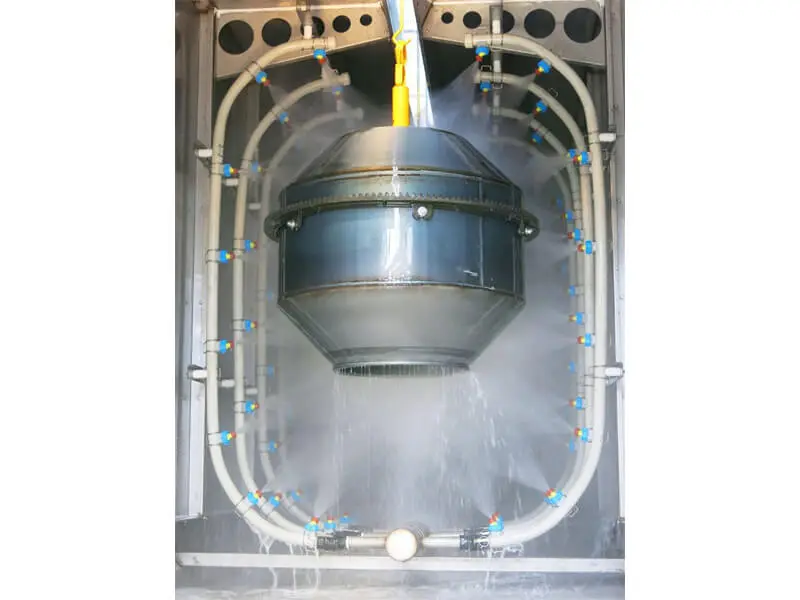
Common Challenges and Problems in the ED Coating Process
Despite its robustness, the ED coating process is a complex electrochemical system that requires careful control. Several common issues can arise if parameters are not meticulously maintained.
Film Thickness Issues: Inconsistent film thickness is a frequent problem. Low film thickness can result from low bath voltage, low pigment-to-binder ratio, or a bath temperature that is too low. Conversely, excessively high film thickness can be caused by high voltage, long immersion time, or high bath temperature, potentially leading to orange peel or other defects.
Surface Defects: Cratering is the formation of small, bowl-shaped holes in the film, often caused by oil contamination in the pretreatment stage or on the part itself. Popping or pinholes occur when gases or air trapped in the substrate expand during curing, rupturing the film. This can be due to improper cleaning or excessively rapid curing.
Poor Adhesion: If the coating peels or chips easily, the root cause often lies in the pretreatment stage. Inadequate cleaning, improper conversion coating, or contamination after pretreatment will prevent the ED coat from properly bonding to the metal substrate.
Bath Instability: The chemistry of the ED bath must be kept in balance. Fluctuations in pH, conductivity, or solid content can lead to a variety of quality issues. Regular analysis and titration are essential to maintain bath stability.
Edge Coverage Problems: While the ED coating process is renowned for its edge coverage, specific conditions can lead to thin coverage on sharp edges. This phenomenon, known as the "Faraday cage effect," can happen if the voltage is too high, causing the coating to deposit too quickly on external edges and preventing it from adequately penetrating into recessed areas.
Applications of ED Coating Across Industries
The versatility and protective qualities of the ED coating process make it suitable for a vast range of industries. It is commonly used as a primer for a subsequent powder coat or topcoat, but it can also be used as a single coat for functional applications.
Automotive: The automotive industry is one of the largest users of ED coating, applying it as a corrosion-resistant primer on vehicle frames, bodies, and numerous components.
Appliances: Household appliances like refrigerators, washing machines, and ovens rely on ED coating for a durable, attractive, and rust-resistant base layer.
Construction and Agriculture: Heavy-duty equipment, structural steel, and agricultural machinery are protected from harsh environmental conditions using this process.
Furniture and Fixtures: Office furniture, store fixtures, and other metal products use ED coating for a consistent, high-quality finish.
The ED coating process remains a gold standard in industrial finishing for a simple reason: it delivers unmatched corrosion protection and uniformity in a highly efficient and controllable manner. While it demands a significant initial investment and rigorous process control, the long-term benefits in product quality, durability, and operational efficiency are undeniable. By understanding the science behind it, the critical steps involved, and the potential pitfalls, manufacturers can leverage this powerful technology to enhance their products and maintain a competitive edge in the global market. As technology advances, we can expect further refinements in ED coating chemistry and application control, solidifying its role as a fundamental pillar of surface engineering for years to come.



